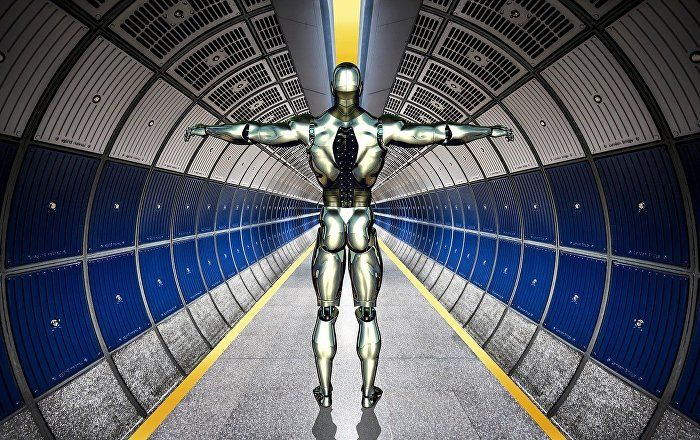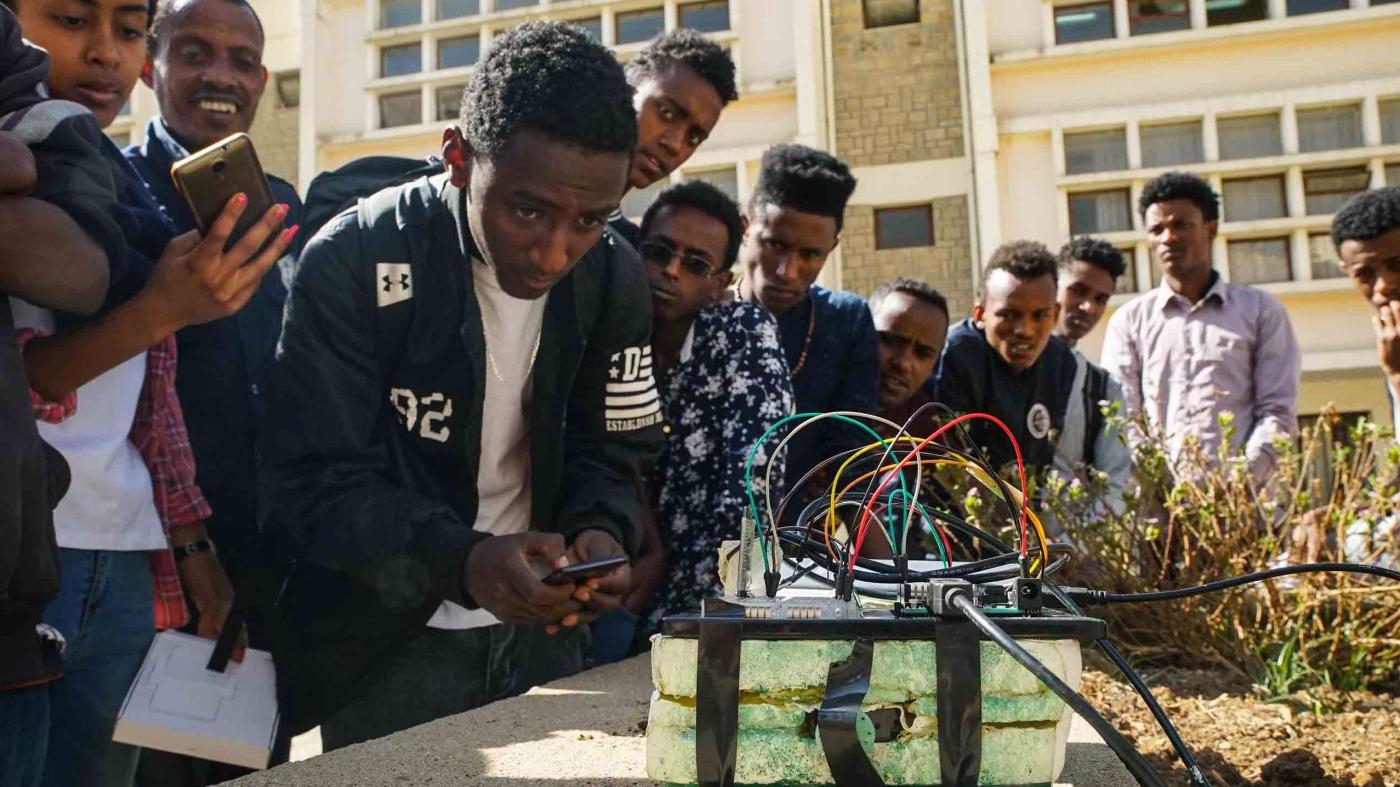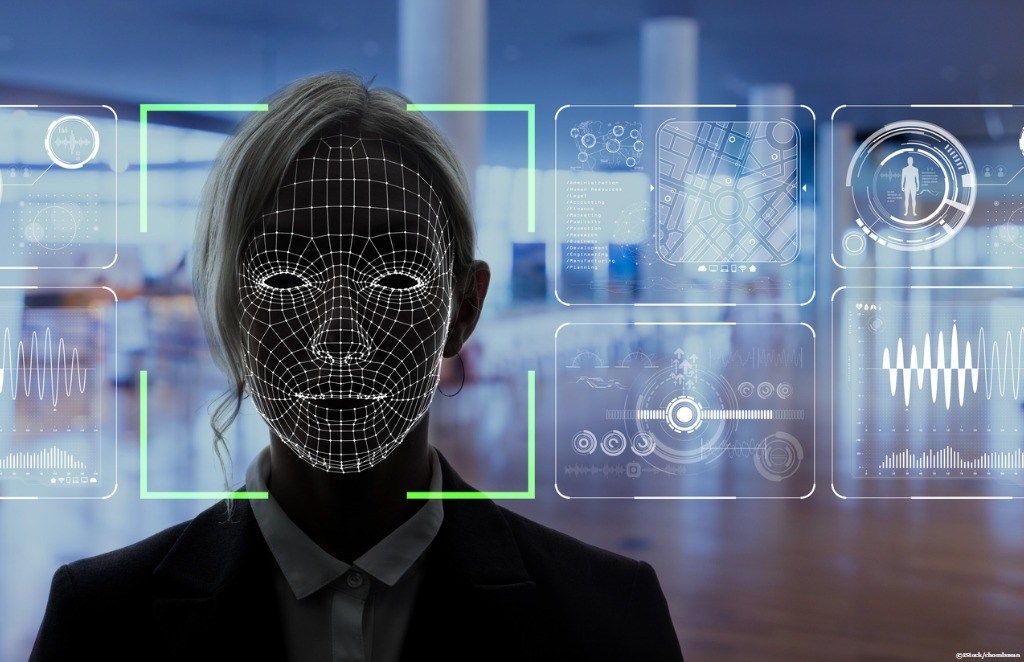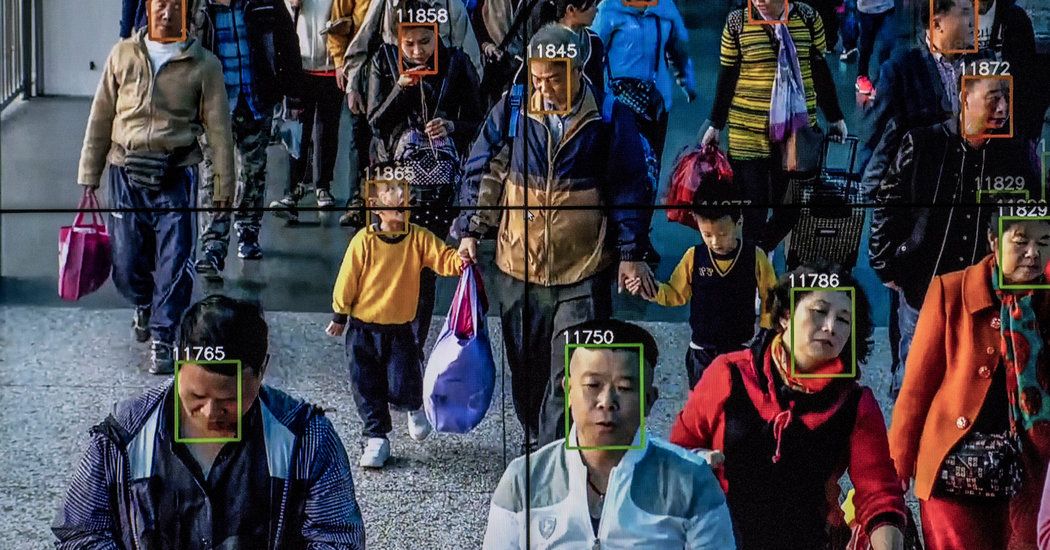The passive exoskeleton is already part of the Russian Army’s Ratnik (warrior), or ‘future combat system’, which also includes a range of surveillance, communications, and defensive equipment. The active exoskeleton may become part of Ratnik by 2025, according to Military-Scientific Committee Chair of the Ground Forces Aleksandr Romanyuta.
Russia has tested a battery-powered electric motor exoskeleton. The ‘Iron Man’ suit enables the wearer to accurately hit a target with a machine gun one-handed.
Soldiers wearing the high-tech exosuit can run faster and wield heavier equipment and weapons, Oleg Faustov – the chief designer of military industry company TsNIITochMash, which developed the exoskeleton – told TASS.
“We have already tested a prototype of an active exoskeleton, it increases physical capabilities of a serviceman,” Faustov said. A soldier will be able “to shoot a machine gun with only one hand” and accurately hit the target, he added.







